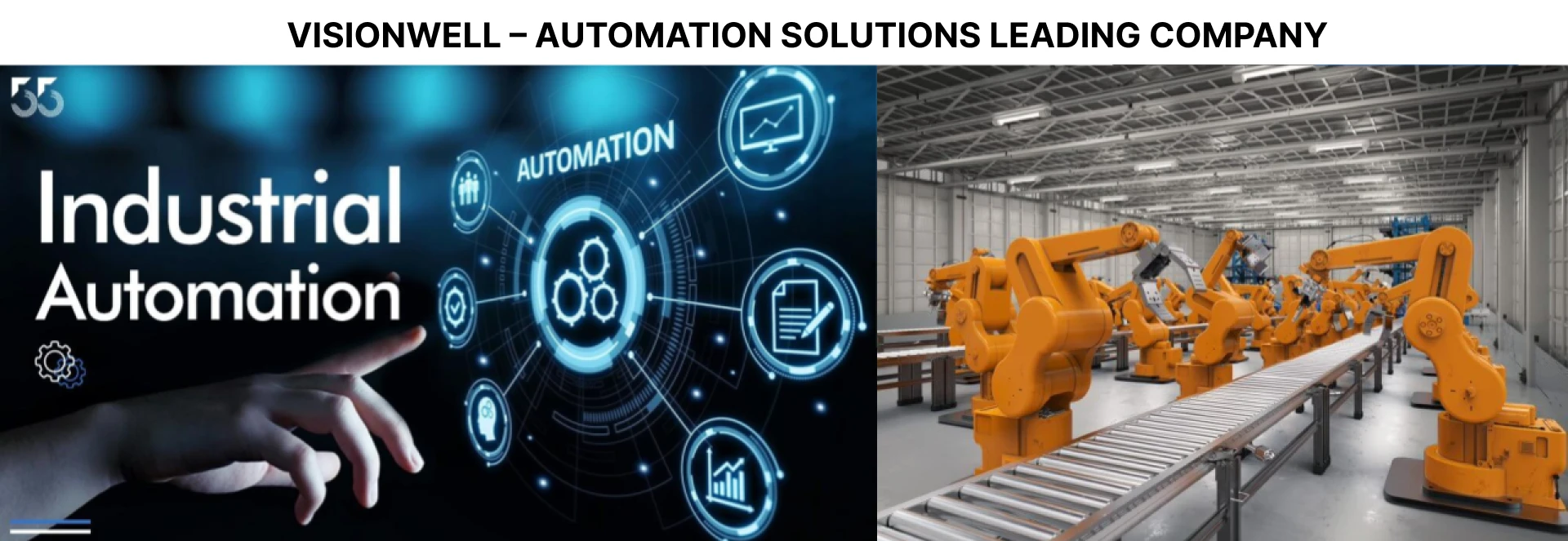Manufacturers Don’t Have to Choose Between Efficiency and Quality
For manufacturers, the only certainty seems to be prolonged uncertainty. The industry is still feeling the effects of an ongoing labor shortage, lingering supply chain disruptions, ever-mounting pressure to operate more sustainably and evolving customer demands.
Amid these economic variables, it’s understandable that manufacturers feel considerable pressure to get their orders out the door to keep customers happy. But without careful planning and execution, this emphasis on expedience can turn fulfillment into a frenzy, resulting in rushed orders, subpar quality and disappointed (or lost!) customers.
Luckily, efficiency and quality are not mutually exclusive. There are plenty of tools on the market today that are specifically designed to thread this needle, offering facilities a way to optimize production without sacrificing the integrity of their product lines.
If leaders are looking for a way to revitalize their operations with efficiency and quality, these capabilities are a great place to start.
Demand forecasting helps facilities expect the unexpected
Demand forecasting unlocks both efficiency and quality by delivering timely, contextualized information that helps manufacturers anticipate roadblocks, minimize waste and get production right the first time.
While AI-enabled forecasting can’t predict the future, it comes pretty close. Forecasting solutions pull both internal and external data and extrapolate trends to estimate factors like material availability, customer price elasticity and macroeconomic disruptions. In turn, manufacturers can identify alternate vendors, prepare their inventory and build contingency distribution schedules. Armed with this information, manufacturers can formulate Plans A, B and C before they need them.
This proactivity and data-backed intelligence will come in handy when circumstances inevitably change, leading to a smooth pivot where there once was a chaotic scramble. With demand forecasting, manufacturers will have data on their side to help anticipate both roadblocks and buyer needs.
Resource planning eliminates guesswork
Enterprise resource planning (ERP) software delivers both efficiency and quality by offering manufacturers tight inventory management and production scheduling.
ERP-enabled facilities can proactively map out their resource utilization, raw ingredient demand and machinery usage and downtime. These capabilities allow manufacturers to keep a closer eye on their production requirements than would otherwise be possible.
ERPs often offer material resource planning (MRP) as well, which helps facilities translate market demand into production and purchase orders. Put simply, MRP gives leaders concrete recommendations about what to buy and when, based on their facility’s unique constraints.
When plans change—as they always seem to—facility leaders won’t need to spend time mapping out how a proposed pivot would affect fulfillment scheduling, production quality, or future orders. ERPs and MRP can produce this information seamlessly, letting facilities move forward with agility.
The more information manufacturers can gather about their facility’s production, the better equipped they are to prevent defects and streamline workflows. With formal resource planning tools in place, facilities can better meet customer needs, respond to disruptions and activate contingency plans.
Quality control isn’t just for quality
To state the obvious, digital tools aimed at quality control are designed to help manufacturers improve overall production quality. But the degree of insight these resources offer also lets facilities operate much more efficiently.
Real-time monitoring systems alert manufacturers the instant an anomaly is detected during production, facilitating immediate problem solving and minimizing downtime. Digital document management not only produces a tidy audit trail but dramatically speeds up document retrieval and updates. Statistical product control (SPC) offers a real-time glimpse into production quality and highlights specific areas for improvement.
These proactive capabilities give manufacturers the gifts of time and peace of mind. What’s more, there are software solutions on the market that offer all these benefits through one interoperable platform. Tools like manufacturing execution systems (MES) can help manufacturers synthesize all these insights into a single source of truth that guides every phase of production.
Today’s facilities don’t operate as discrete business units; they’re connected ecosystems wherein adjusting one variable affects other areas of production. Improving quality is, in and of itself, a way to boost efficiency.
Efficiency and quality aren’t mutually exclusive
Amid modern expectations like same-day shipping, delivery and returns, it’s easy to feel like order fulfillment must be rushed to keep up with demand. But as countless businesses across industries have learned, moving too fast can lead to insufficient, incorrect and even unsafe production. There’s a better way.
With the right digital tools in place, manufacturers don’t have to choose between quality and efficiency. They can fulfill orders on time, within budget and with maximum accuracy. When it comes to quality and efficiency, manufacturers can have their cake and eat it, too.

 info@visionwell.vn
info@visionwell.vn




-large.webp)


